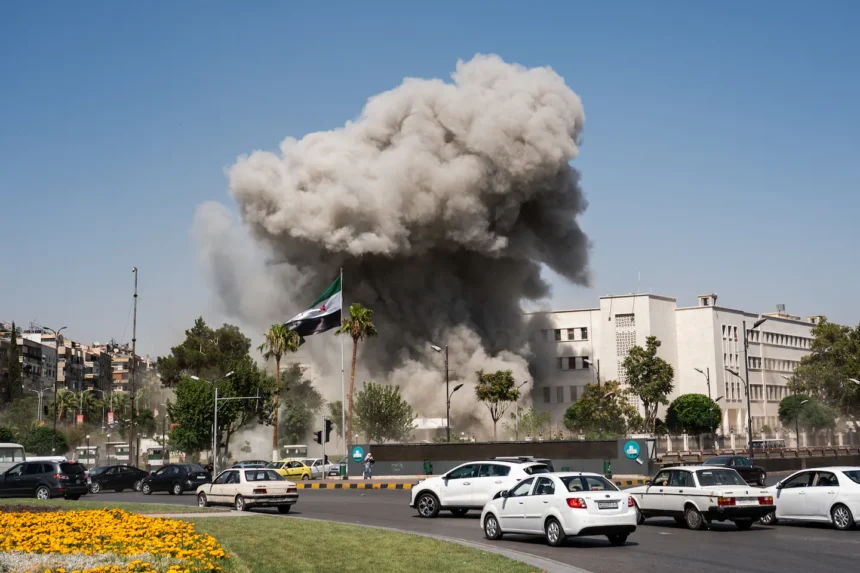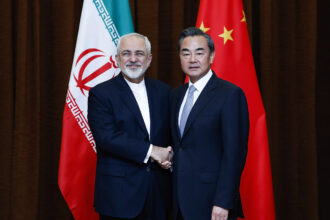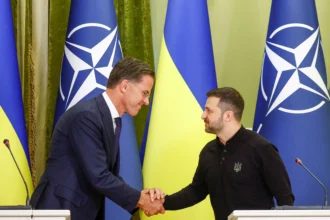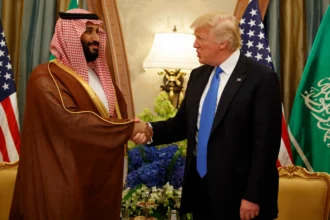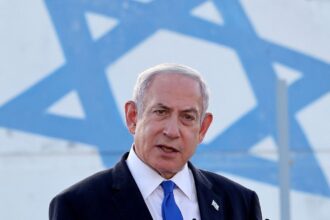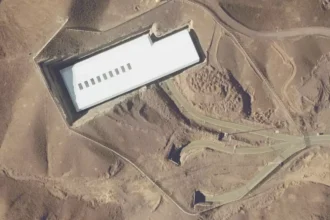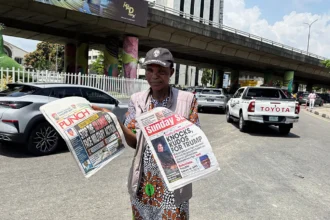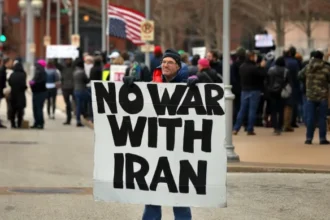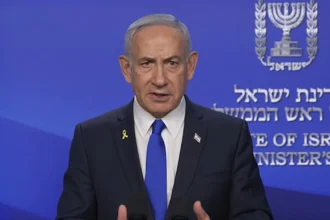Israel’s recent attacks on Syria, just two days ago, were a direct response to the escalating sectarian violence in the southern Syrian province of Suwayda. The clashes began with tit-for-tat kidnappings and attacks between Druze armed factions and local Sunni Bedouin tribes, leading to a rapid deterioration of the security situation. The Syrian government forces, which intervened to restore order, were accused by some Druze residents of looting, setting homes on fire, and humiliating community leaders. This has further fueled mistrust and led to calls for intervention from Israel, which has positioned itself as a regional protector of minorities, including the Druze.
The violence in Suwayda began with tit-for-tat kidnappings and attacks between Druze militias and Sunni Bedouin fighters, sparking a cycle of retaliatory violence. This conflict quickly intensified, with Syrian government forces intervening and being accused by some Druze residents of looting, setting homes on fire, and humiliating community leaders. Israel, which has a significant Druze minority of its own, has positioned itself as a protector of the Druze community in Syria. The Israeli government has publicly stated that its military actions are aimed at safeguarding the Druze from attacks by Syrian government forces and other militant groups.
Israel’s Defense Minister, Israel Katz, has been vocal about the country’s intentions, stating that the “warnings in Damascus have ended” and that Israel will “continue to operate vigorously in Suwayda to destroy the forces that attacked the Druze until they withdraw completely.” These actions are part of a broader strategy to prevent the Syrian regime from harming the Druze and to ensure the demilitarization of the area adjacent to Israel’s border with Syria.
The airstrikes targeted strategic locations in Damascus, including part of the defense ministry and areas near the presidential palace. These attacks were part of a broader strategy to prevent the Syrian regime from harming the Druze and to ensure the demilitarization of the area adjacent to Israel’s border with Syria. The Israeli military has conducted numerous airstrikes and drone attacks, targeting Syrian military infrastructure, including bases, aircraft, tanks, and heavy weaponry.
Israel’s intervention is also driven by its opposition to the current Syrian government, led by President Ahmed al-Sharaa, whom Israel views as an “extremist Islamic regime” and a threat to its security. The fall of the Assad regime has created a strategic opening for Israel to expand its influence in southern Syria, and the current government’s attempts to reassert control over the entire Syrian territory have led to periodic clashes with Druze forces.
In summary, Israel’s attacks on Syria were a response to the escalating sectarian violence in Suwayda, aimed at protecting the Druze minority and sending a strong message to the Syrian government to withdraw its forces from the area. These actions are part of Israel’s broader strategy to maintain regional dominance and address perceived threats from its neighbors.

